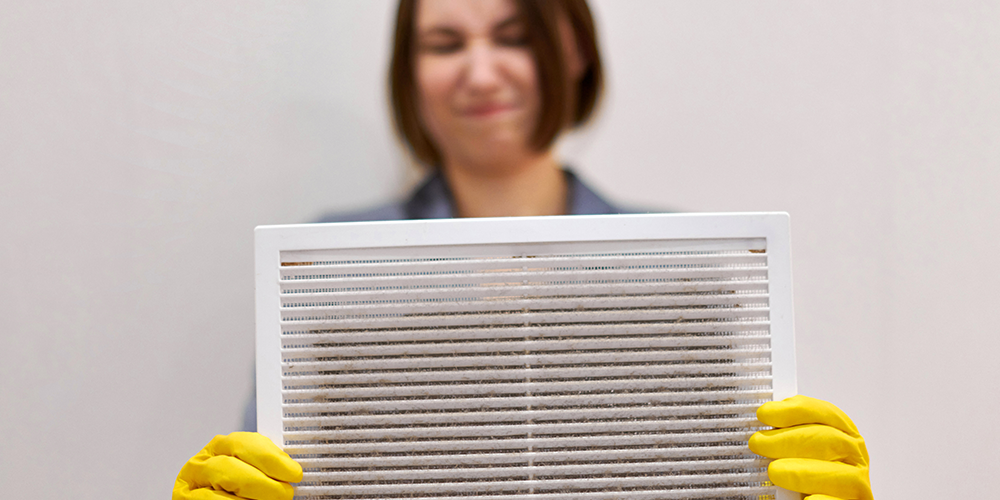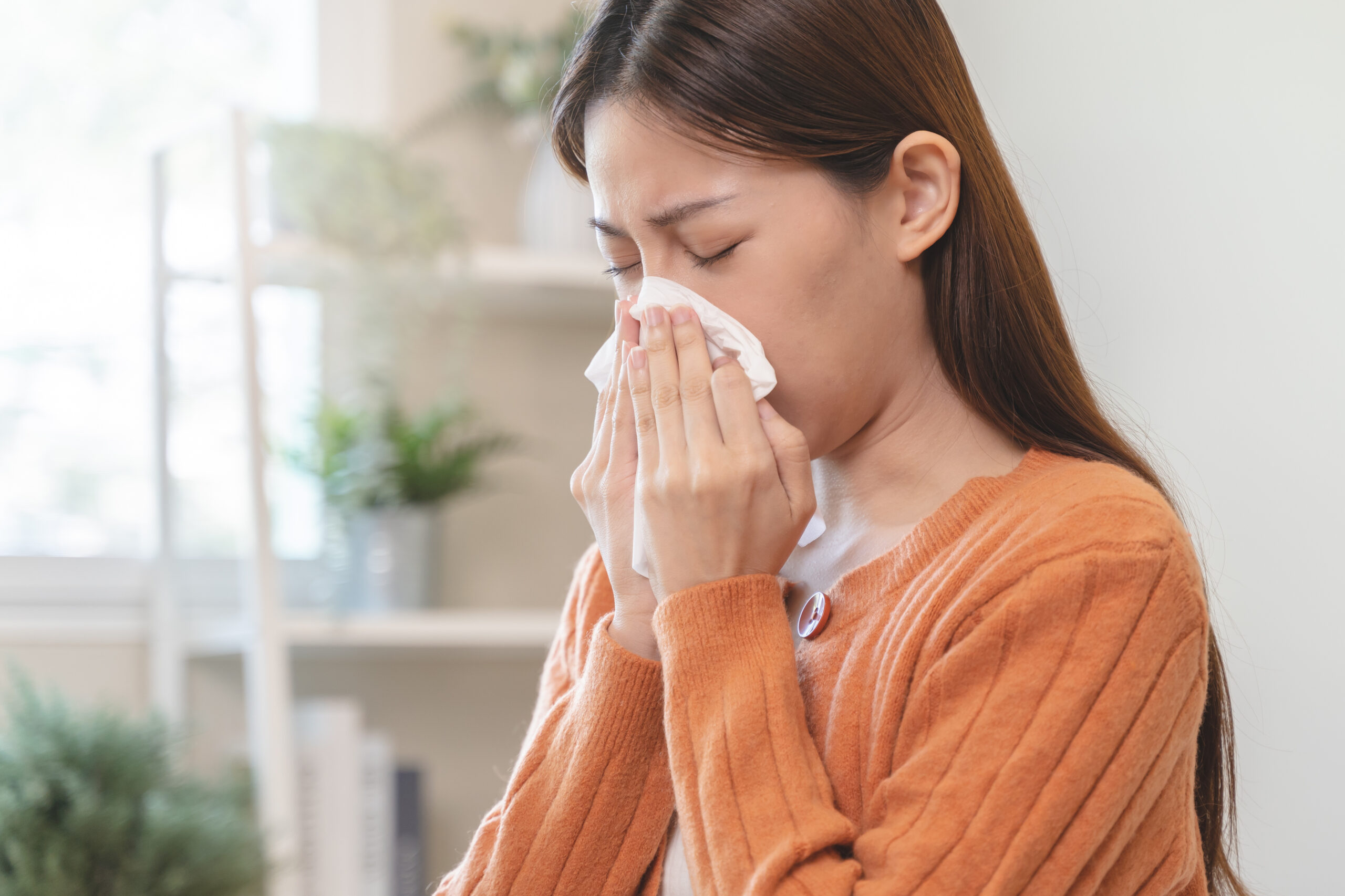When it comes to generating better air quality inside a home, there are many solutions that address various aspects of the indoor environment. Two common indoor air quality solutions are air purifiers and air cleaners. These terms are sometimes used interchangeably, which makes it difficult to understand the difference between air purifier and air cleaner units. Novak Heating and Cooling explains the unique attributes of each solution and shares how they work to improve home air quality.
What Is an Air Cleaner?
Air cleaners are typically a device that uses a high-efficiency media filter to clean the air. This equipment traps pollutant particles within the filter media as air flows through the ducts and HVAC system. Particles are eliminated from the indoor air supply as well as kept out of the delicate mechanical interiors of your heating and cooling equipment so that they do not sustain damage.
The filter used inside an air cleaner is far more powerful than the standard disposable filter in your furnace or air handler. While many people think the furnace filter’s job is to remove airborne impurities for better air quality, its real role is to eliminate these particles to protect the HVAC system. If you want a filtration system that is dedicated to improving air quality by reducing particle pollution, then an air cleaner may be the right solution for you.
What Is an Air Purifier?
An air purifier is a device that sanitizes air to improve its quality instead of extracting particles. Air purifiers target biological pathogens that have the potential to spread, grow, and cause infection. Mold, bacteria, and viruses are neutralized by the technologies utilized by air purifier systems. Some use ultraviolet lights while others use ionization. Some air purifiers even use a media filter in addition to other technologies to provide some removal of particle pollutants, though removal is not the focus of all air purifiers.
In addition to controlling pathogens in the air, air purifiers are effective for controlling odors. Cigarette smoke, mildew odors, chemicals, and other substances won’t linger in your home for days on end when you treat them with an air purifier.
What’s the Difference Between Air Purifier and Air Cleaner Equipment?
The difference between air purifier and air cleaner units is mostly related to their function. Many units of each type look similar, resembling a large metal cabinet alongside the HVAC unit or duct. Both types of equipment may use high-efficiency media filters.
The main difference between air purifier and air cleaner equipment is how they do their job. Air cleaners utilize filtration and reduce particle counts, while air cleaners are primarily concerned with neutralizing particles to stop their growth and spread. If an air cleaner does not also use a media filter of some sort, the neutralized particles will simply remain in the air, although they cannot cause the same harm as they once did.
When you look at the difference between air purifier and air cleaner solutions, it should be easier to determine which is right for your home. If your primary concern is reducing particle pollution so your household is exposed to fewer allergens and other troubling particles, an air cleaner may be just right. If you want to prevent the spread of illness from one family member to the next, an air purifier would be the right solution.
Indoor Air Quality Solutions for Your Home
The difference between air purifier and air cleaner units is distinguishable, but they both share a common goal – producing healthier, cleaner air for your family. Work with Novak Heating and Cooling to learn which type of indoor air quality equipment will best address your air quality concerns. Contact us today to request a consultation.


